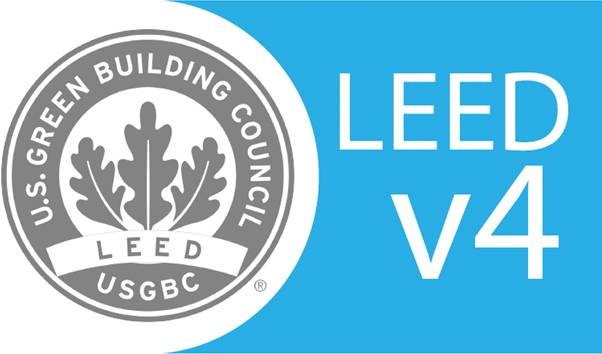
By Alan Kratz Jr., Commissioning Agent, Allen & Shariff Engineering
March 11, 2016 – Building envelope commissioning (BECx) is a strict quality-focused process wherein the building envelope is verified against defined objectives and criteria. AIA published a best practices article on BECx contributed by Michael J. Lough, Principal, Integral Consulting in 2012. That document listed an overview of the process, the considerations and the reference standards. With Lough’s best practices as a foundation, and assuming a basic knowledge of commissioning process, this article is an update on BECx with regard to LEED, the BECx process and the specifics of BECx functional testing.
LEED v4 is already in effect and the last day to register a project for LEED v3 is October 31, 2016. LEED v4 EA Credit Enhanced Commissioning provides two credits for BECx and four for enhanced commissioning. This makes it the third largest source of credits in the LEED system. The only comparable credit sources are Neighborhood Development Location, Indoor Water Use Reduction and Optimize Energy Performance. Because commissioning is a prerequisite for LEED, it will not be much more expensive to have the same Commisioning Authority (CxA) perform enhanced commissioning along with BECx for a total of 5 points. The total cost should not exceed 150% of the prerequisite commissioning cost, which is already minimal (on average 1-2% of the total project value).
Earning the 6th point for commissioning requires monitoring-based commissioning. Many owners are already looking for monitoring and there are controls contractors that offer this service such as Boland, JCI, Siemens, etc. The Commissioning Authority can include smart/monitor based commissioning in their services for little extra cost. The more significant cost is the subscription with a controls contractor. However, following the directions prescribed by the CxA in the Cx Plan, a building engineer could monitor the system instead of a sub-contractor.
The BECx process is similar to the prerequisite Cx process: it extends the prerequisite Cx requirements to the building envelope with a few additions from the enhanced Cx scope. ASHRAE Guideline 0-2005 and NIBS Guideline 3-2012 provide more specific details for the commissioning of a building envelope. The envelope performance is verified with regard to energy, water, indoor environmental quality (IEQ) and durability. The CxA must review contractor submittals, oversee the Systems Manual creation, review construction documents, verify training and perform a 10-month site visit.
The BECx functional testing comprises testing of materials, components, assemblies and systems to validate their use and installation meets the Owner’s Project Requirements (OPR). The CxA should have the following equipment: infrared camera, tracer smoke, water bottle, calibrated water hose, moisture meter, field mock-up and blower door assembly. Typical envelope system tests include the following: air infiltration, water infiltration, exhaust re-entrainment, thermal performance, building envelope pressure, building envelope air leakage and daylighting glare control. The applicable tests for a project will vary based on the type of envelope and size of the building. For example, a 10-story building with a curtain wall would be best tested by thermal imaging or a field mock-up, whereas a 3-story office would be better tested with a blower door test.
This article was meant to be a summary and update on the process of BECx, building off of Michael J. Lough’s best practices. In a later publication I hope to discuss the details and specifics of the envelope commissioning tests.